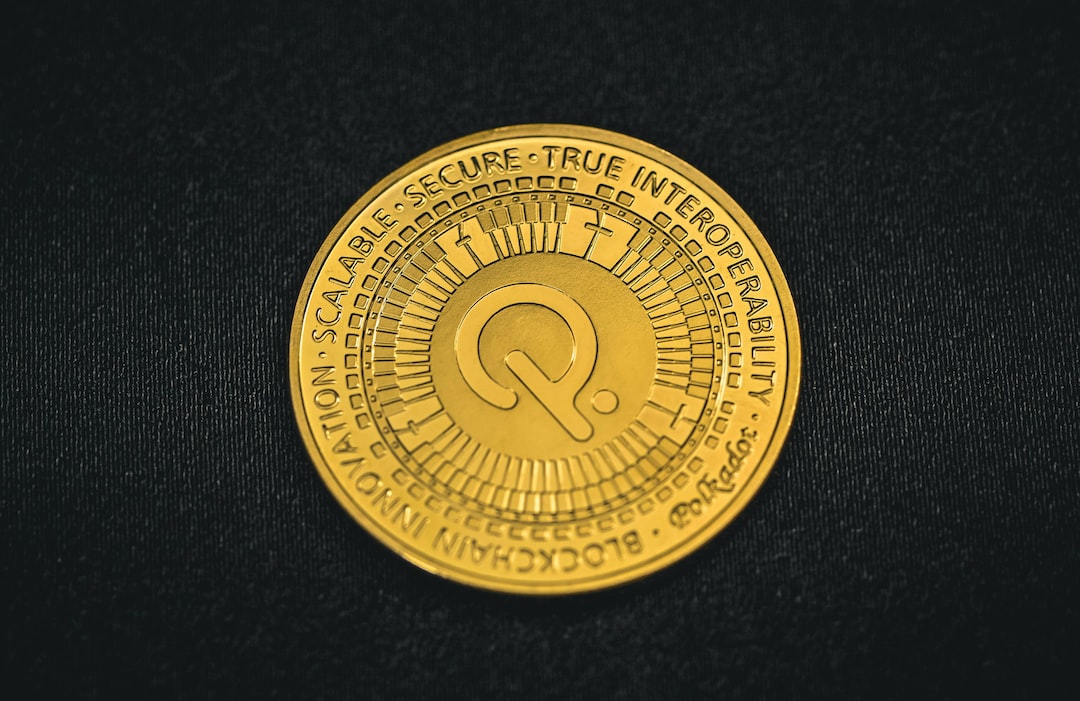The NEAR Protocol vs. Ethereum: A Comparative Analysis
Welcome to the world of cryptocurrency! In this article, we will delve into a comparative analysis of two leading blockchain platforms: NEAR Protocol and Ethereum. Both these platforms have gained significant popularity in the ever-expanding crypto market. So, let’s explore what sets them apart and how they can potentially benefit you.
Introduction to NEAR Protocol and Ethereum
NEAR Protocol and Ethereum are decentralized blockchain platforms that revolutionize the way we transact, store data, and build applications. While they share similar objectives, they differ in various aspects.
NEAR Protocol, an open-source platform, aims to deliver developer-friendly infrastructure for the mass adoption of decentralized applications (dApps). It aims to simplify user experiences, enhance scalability, and reduce costs. NEAR Protocol offers a secure, fast, and easy environment for users and developers to interact with blockchain technology.
Ethereum, on the other hand, is often referred to as the pioneer of smart contracts. It provides a decentralized virtual machine environment where developers can build and deploy their dApps. With a large user base and a robust ecosystem, Ethereum has become a go-to platform for many blockchain projects.
Scalability: NEAR Protocol’s Advantage
Scalability is a critical factor when considering a blockchain platform. Ethereum has faced scalability challenges, especially during periods of high usage and congestion. This has resulted in network congestion and high gas fees — frustrating experiences for users and developers alike.
NEAR Protocol addresses these scalability issues with its sharding technology. Instead of processing all transactions on a single chain, NEAR Protocol divides the network into multiple shards, enabling transactions to be processed in parallel. This approach significantly increases throughput while maintaining security and decentralization.
Did you know? NEAR Protocol’s sharding enables the network to process up to 100,000 transactions per second, setting a new benchmark in the industry.
Fees: NEAR Protocol’s Cost-Effectiveness
High transaction fees have become a growing concern on the Ethereum network. The increasing demand for block space results in elevated gas fees, making it less affordable for users to perform transactions on the platform.
NEAR Protocol tackles this issue with a unique fee model. NEAR charges users fees based on the complexity of the computation, rather than the market demand. This ensures that transaction costs remain affordable and predictable. By decoupling fees from demand, NEAR Protocol offers a cost-effective solution that benefits both users and developers.
Did you know? NEAR Protocol’s fee model allows developers to pay for user transactions, making it easier for them to onboard new users to their decentralized applications.
Developer Experience: Ethereum’s Established Ecosystem
Ethereum has established itself as a prominent blockchain platform with a vast ecosystem of dApps, tools, and resources. It offers developers a mature and well-documented environment, making it easier to build and deploy applications.
NEAR Protocol, being a relatively new platform, is rapidly growing its ecosystem and developer community. While it might not have the same breadth of resources as Ethereum, NEAR Protocol emphasizes user experience and provides a smooth learning curve for developers.
Did you know? NEAR Protocol supports multiple programming languages, including Rust, AssemblyScript, and C++. This allows developers to leverage their existing skills while building on the platform.
Interoperability: The Power of Cross-Chain Communication
Interoperability is crucial for the seamless functioning of the blockchain ecosystem. Ethereum’s ERC-20 standard has been widely adopted, enabling tokenized assets across various applications. However, Ethereum’s compatibility with other blockchains is limited.
NEAR Protocol, on the other hand, focuses on interoperability by integrating with other chains through its Rainbow Bridge technology. This allows users and applications to transfer assets between NEAR Protocol and other blockchains, creating a broader and more connected crypto landscape.
Did you know? The Rainbow Bridge provides full compatibility with Ethereum, enabling easy migration of existing dApps and assets to the NEAR Protocol network.
Conclusion and FAQs
Now that you have explored the comparative analysis of NEAR Protocol and Ethereum, you can make an informed decision based on your specific needs. Remember, both platforms have their unique strengths and offer exciting opportunities for users and developers.
Frequently Asked Questions:
Q: Which platform should I choose, NEAR Protocol or Ethereum?
A: The decision depends on your requirements. If scalability, cost-effectiveness, and user experience are your priorities, NEAR Protocol could be an excellent choice. However, if you value an established ecosystem, wide adoption, and robust smart contract capabilities, Ethereum might suit you better.
Q: Can I use Ethereum applications on NEAR Protocol?
A: Yes! NEAR Protocol provides interoperability with Ethereum through the Rainbow Bridge, allowing you to leverage existing Ethereum dApps and assets on the NEAR Protocol network.
Q: What programming languages are supported on NEAR Protocol?
A: NEAR Protocol supports programming languages such as Rust, AssemblyScript, and C++, providing developers with a flexible environment to create decentralized applications.
Remember, the choice between NEAR Protocol and Ethereum depends on your individual needs and priorities. Take your time to explore each platform and weigh their respective advantages. Happy blockchain journey!




 By
By
 By
By
 By
By
 By
By

 By
By